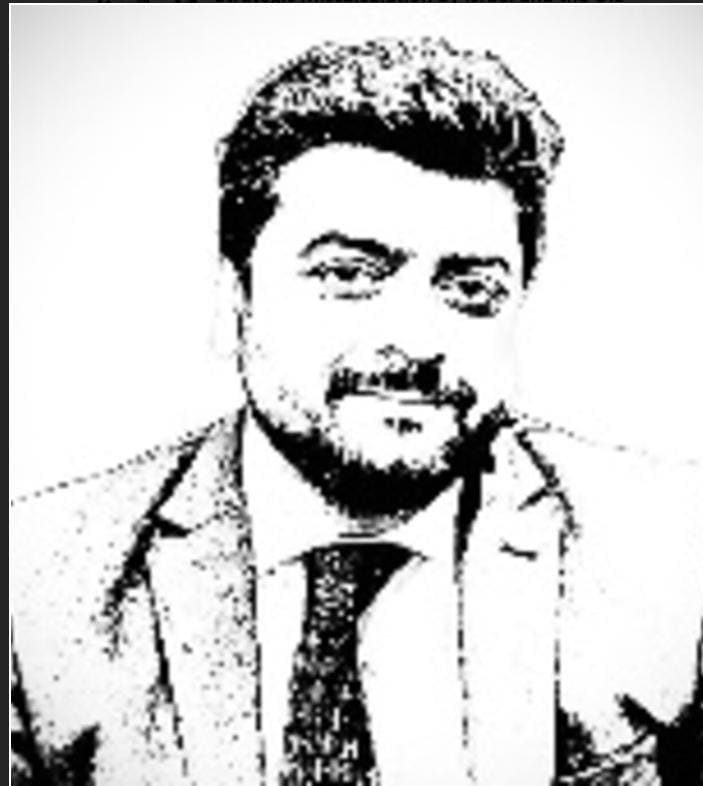By T.M. Awan
After twelve days of intense hostilities, a ceasefire has finally been reached between Iran and Israel. However, this conflict was not just a border skirmish—it was a calculated, global strategic move. And yes, the war was real. But the reality is that the primary objective of Israel and the United States was not Iran’s nuclear program, as claimed; rather, the real target was the Ayatollah regime. The nuclear sites served merely as a convenient excuse. The actual aim was to replicate the regime change model seen earlier in Libya, Iraq, and Syria.
But this time, the calculus failed. Regime change through external force is only possible when a significant portion of the population turns against its rulers. During the recent hostilities with Israel, no such public unrest emerged in Iran. One key reason is that Iran has a clear sectarian majority, preventing the kind of internal chaos witnessed in Libya, Yemen, or Syria. The Shia community in Iran remains largely unified, and globally, many Shia Muslims regard Iran not only as a political stronghold but also as a spiritual epicenter. This deep-rooted religious and ideological connection was underestimated by both Israel and the U.S.—a grave strategic error.
Another miscalculation was over-reliance on Reza Shah Pahlavi, the exiled son of the former monarch, who remained vocal abroad but failed to generate any real momentum inside Iran. At first glance, the Israeli-American plan seemed robust. Before launching direct attacks, the Syrian front was effectively neutralized, cutting off support from groups like Hezbollah and Hamas. On the first day of the war, Iran’s top military and intelligence commanders were targeted in an attempt to cripple its defense command—mirroring the same strategy used to dismantle Assad’s regime in Syria.
But Iran proved to be different. Why? Because the invading powers failed to find any substantial domestic support against the Ayatollah-led system. The so-called democratic forces and liberal opposition relied upon by the West turned out to be toothless. A critical obstacle was Ayatollah Ali Khamenei himself, who commands immense religious authority not only within Iran but across Shia communities worldwide. His influence created a red line the U.S. and Israel dared not cross, fearing it would spark a transnational backlash—from Iraq and Lebanon to the Gulf and even Europe—potentially devastating to Western interests.
This is also why Israel found it increasingly difficult to prolong the war. Even a limited number of Iranian missiles caused damage and psychological impact, making the war politically unsustainable for Tel Aviv. As Israeli and American leaders realized that the Iranian public would not rise up against their government, they defaulted to a familiar tactic—face-saving. Limited strikes on nuclear facilities were presented as a symbolic “win” to placate domestic audiences, particularly for Netanyahu, who was facing severe internal political pressure.
In an unusual move, the U.S. refrained from any celebratory declarations after striking three Iranian nuclear sites. On the contrary, they immediately resumed offers of negotiation. Meanwhile, Iran, in an attempt to preserve its dignity and satisfy national sentiment, launched retaliatory attacks on select U.S. bases in the Gulf. Interestingly, Iran reportedly warned Qatar in advance, allowing for evacuation of the targeted bases. Iran, too, had emptied its nuclear facilities before the U.S. strikes. This suggests a mutual, tacit understanding to de-escalate without losing face.
In conclusion, the Israel–U.S. regime change project in Iran has, at least for now, failed. Iran’s response and America’s restrained reaction appear to be part of a delicate balancing act. The key lesson from this conflict is that a state’s true strength lies in its internal unity, ideological leadership, religious cohesion, and strategic foresight. When a nation’s people stand behind their leadership, not even bombs falling from the skies can shake the foundations of its government.
(The writer is a senior media professional, researcher, and analyst on international affairs, based in Islamabad.)

